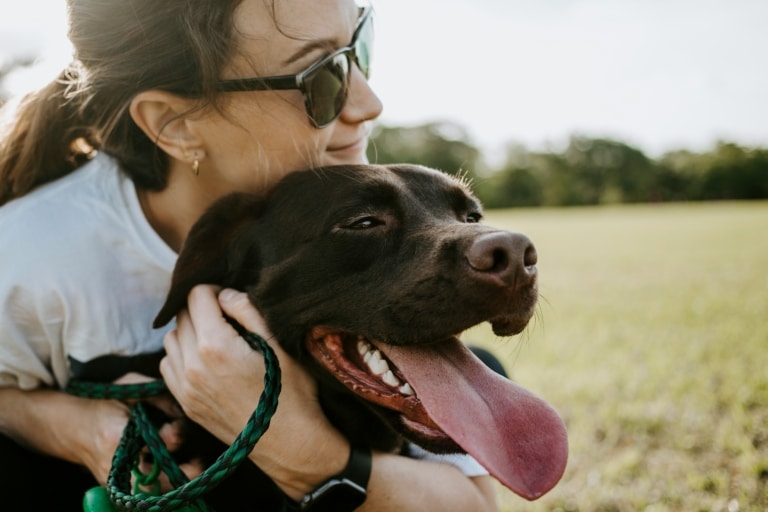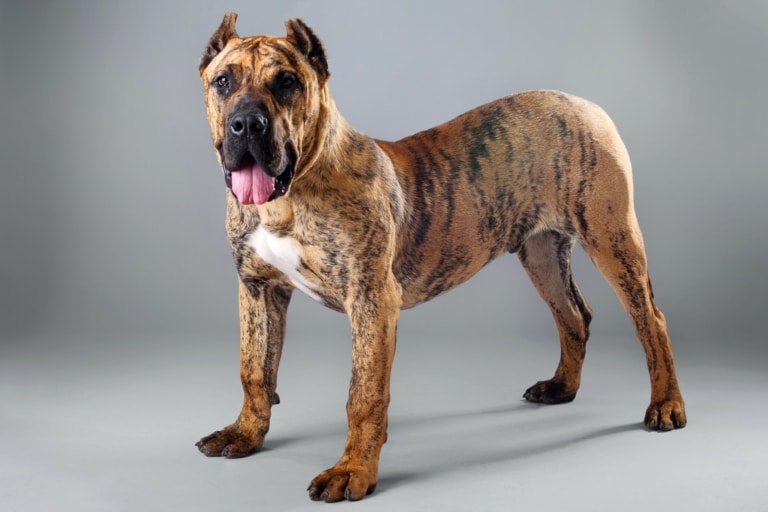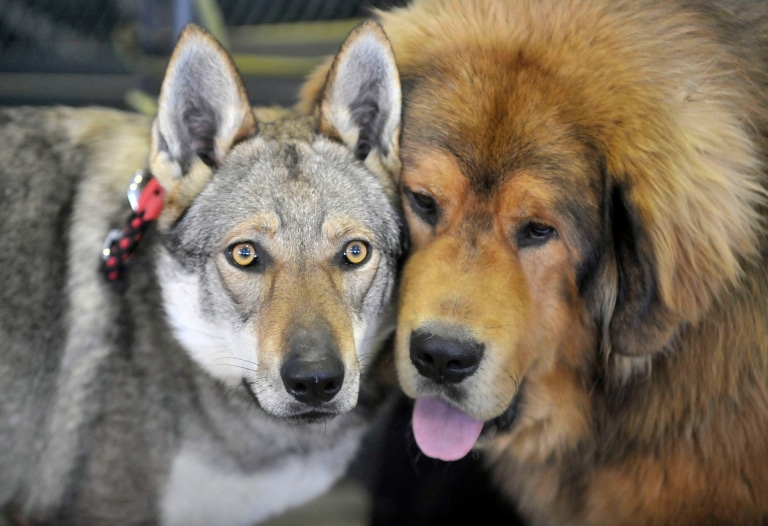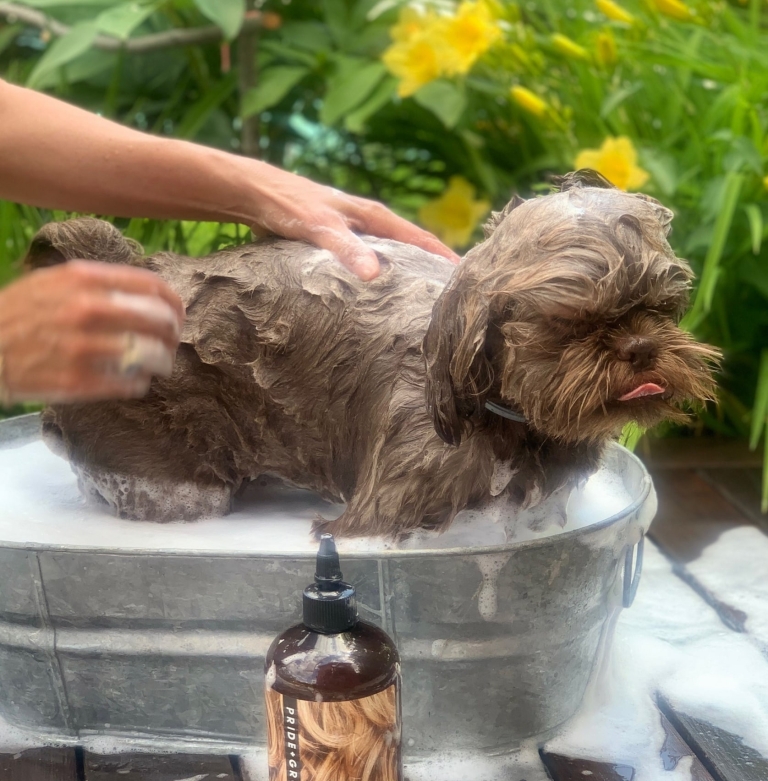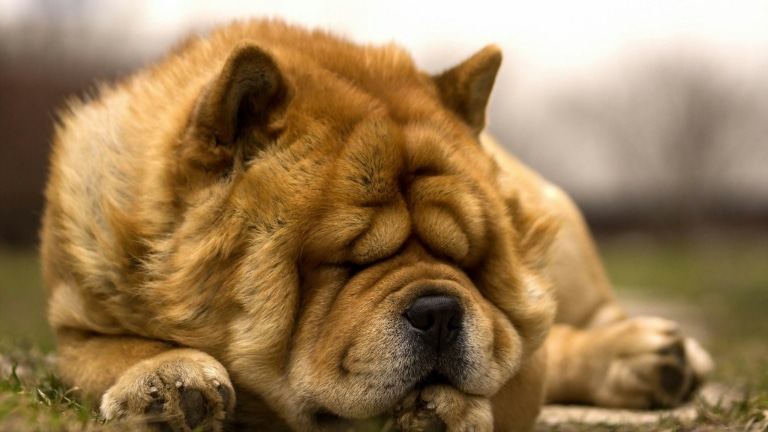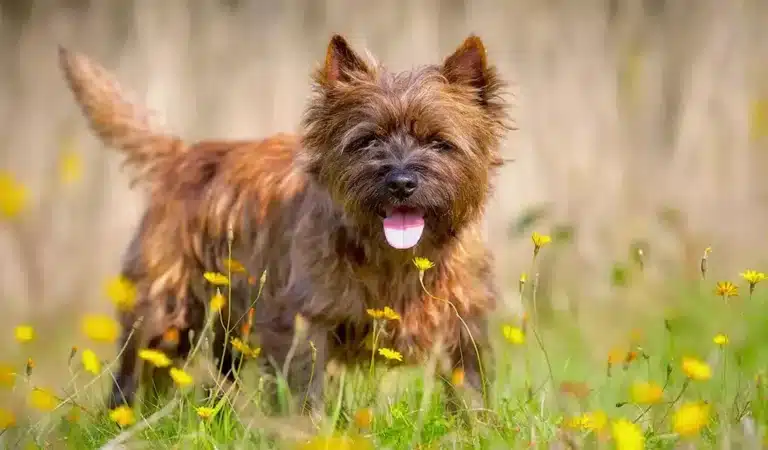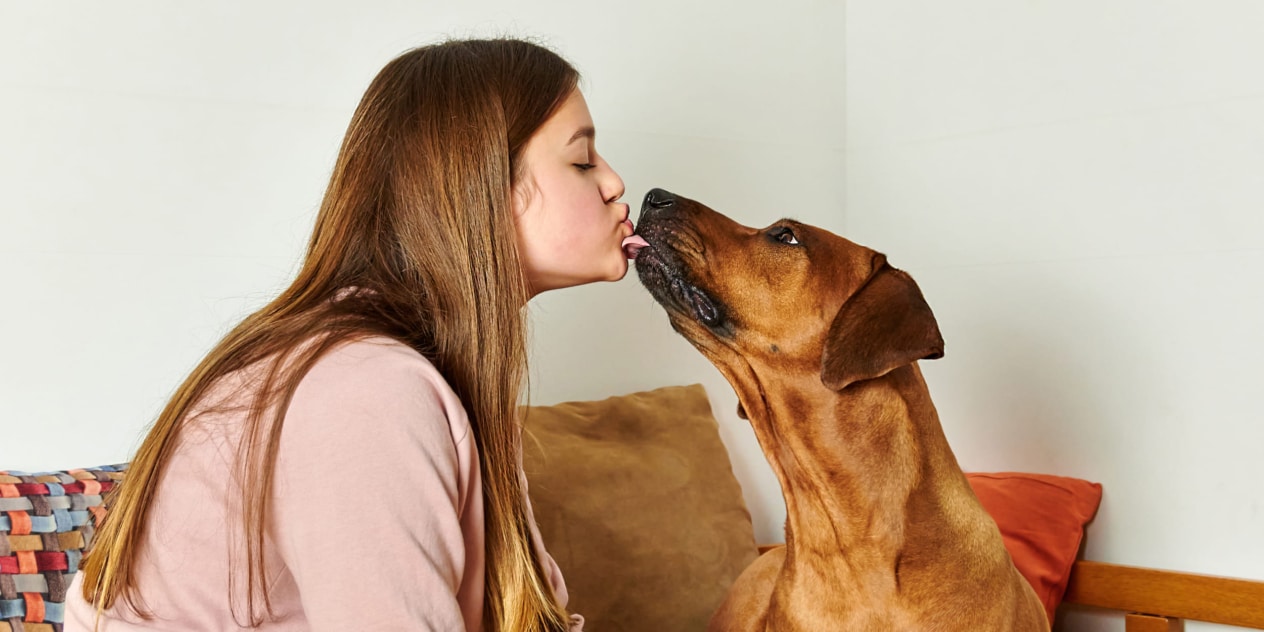
What could be more pleasant for a dog than the gentle hand of a beloved owner softly petting or scratching behind the ear? If you’ve ever seen your pup squint with delight, stretch out, or even murmur something under its breath, that’s it. But why do dogs love being petted so much? Is it just a pleasant sensation or something more? Let’s find out together.
Dogs are social animals accustomed to physical contact. They communicate with each other not only through sounds and body language but also through touch. For example, in a pack, they rub against one another, lick each other’s faces, and sleep close together to feel warmth and support. And for a pet, you are the most important part of its pack.
Scientific research shows that when a person pets a dog, their oxytocin levels increase—the same hormone released during a mother’s hug with her child. But even more interestingly, the same happens to the dog. Oxytocin helps reduce stress, creates a sense of security, and strengthens trust. That’s why pets are drawn to their owners—your gentle hands are like an antidepressant for them.
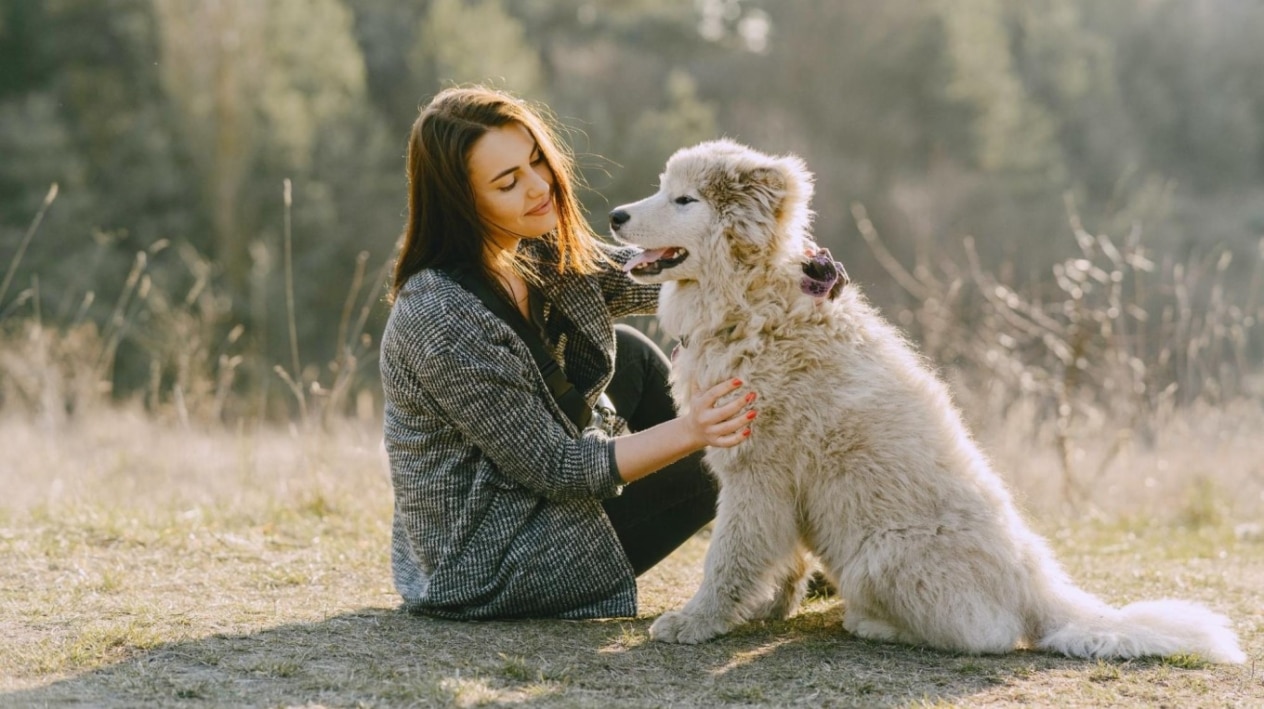
Where to Pet a Dog to Make It Happy? How to Pet a Dog Properly?
If you want to make your dog truly happy, it’s important not only to feed, walk, and care for them but also to dedicate time to physical contact. Touch is one of the main ways of communication between you and your pet, so it’s essential to know which areas bring them the most pleasure.
Most dogs love having their ears gently massaged, as it creates a pleasant sensation. Some even squint their eyes and tilt their heads slightly, as if quietly asking you to continue. Petting a dog while it sleeps is also a favorite treat for them. They rest their heads on your lap, and you stroke them—there’s nothing more relaxing for a dog.
The neck and chest are also favorite spots that dogs often offer for affection. This is especially noticeable when a dog sits in front of you and tilts its head slightly forward.
Back petting is ideal after a walk or physical exercise. To avoid discomfort, move your hand along the spine from the neck to the tail without applying pressure to the backbone.
When a dog rolls onto its back and exposes its belly, it’s a sign of absolute trust. However, not all dogs enjoy being petted in this area, so pay attention to their reaction—if they tense up or try to move away, it’s best to stop.
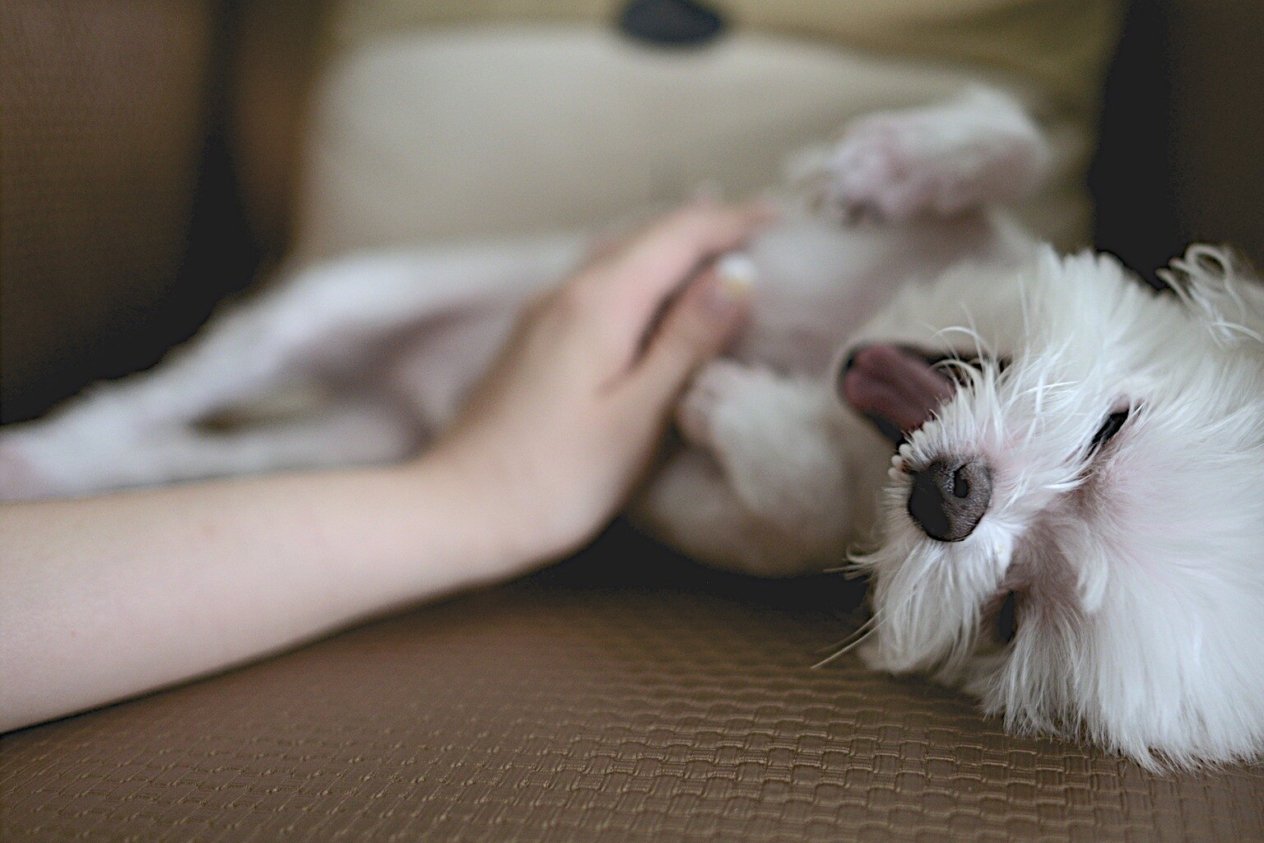
If you want your pet to experience true enjoyment, it’s worth learning a few petting hacks.
First, don’t pet the dog from above. If you want to show affection, it’s better to touch them from below or the side. For example, stroking the neck or chest will appear less intimidating.
Second, petting should be smooth and gentle. Dogs dislike sudden movements, especially against the direction of their fur growth.
Third, observe their reaction. Before petting a dog, extend your hand and see how they respond. If they move closer, sniff your hand, or offer their neck, it means they are open to contact.
Fourth, use petting as a form of reward. Stroke your dog after a walk, following a command, or during moments of calm. This will help reinforce positive associations.
And finally, don’t be intrusive. Even if your pet loves affection, they might not always be in the mood. In such cases, give them the opportunity to initiate contact when they are ready.
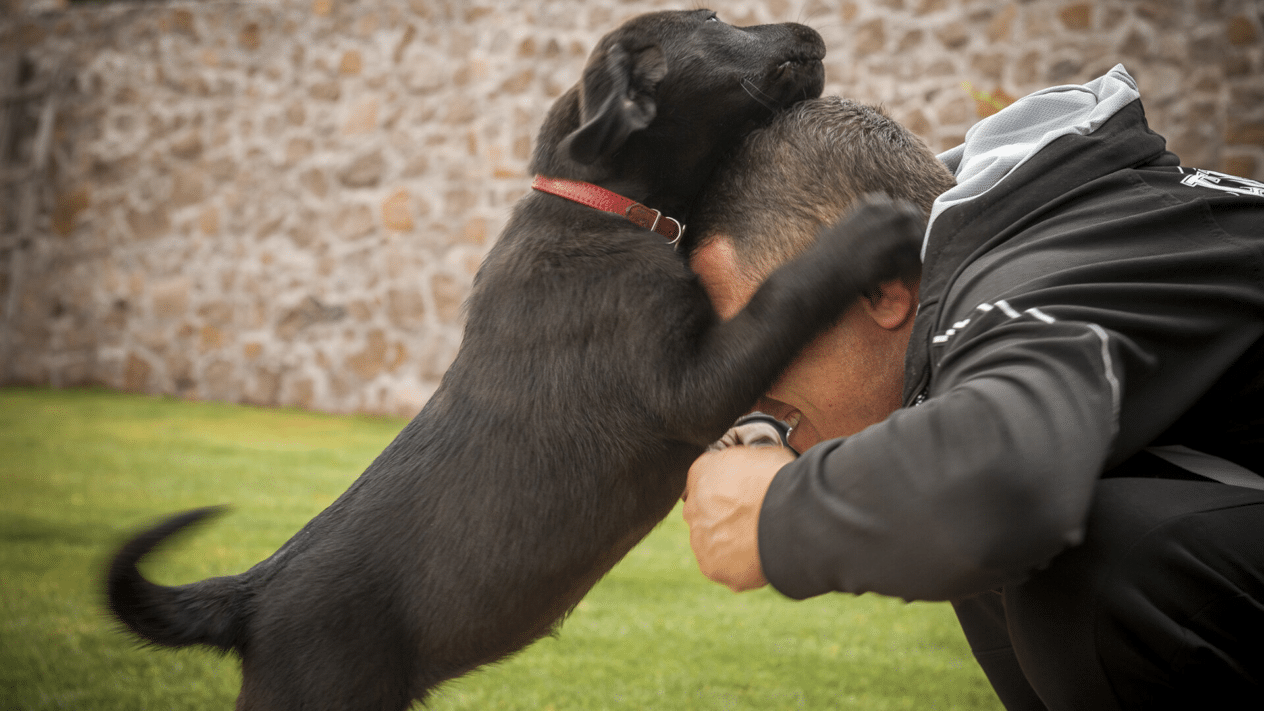
Where Do Dogs Like to Be Scratched?
One of the most favorite spots for most dogs is behind the ears. This area has many nerve endings, making gentle scratching a real pleasure. To avoid discomfort, it’s best not to pull on the ears or scratch them too aggressively.
Areas like the chest and neck can bring enjoyment to a dog through both petting and scratching. The key is to find what works best for your individual pet.
Dogs often love being scratched on their sides. These areas contain many muscles that tense up during movement and need relaxation. If your dog starts rolling over or pressing closer to you, it’s a sign that they’re really enjoying it.
An unusual but effective spot to scratch is the base of the tail. Avoid touching or pulling the tail itself, but scratching near the base can be very satisfying for dogs due to the concentration of nerve endings there. To ensure you’re doing it right, observe your dog’s reaction—if they wag their tail happily, it’s likely a request for more.
Although the areas mentioned above are commonly loved, every dog has its own unique preferences. Don’t rely solely on general advice—explore your dog’s body together, note their most sensitive areas, use treats and play to redirect attention if needed, and enjoy your own dose of happiness hormones.
Why Shouldn’t You Pet a Dog on the Head?
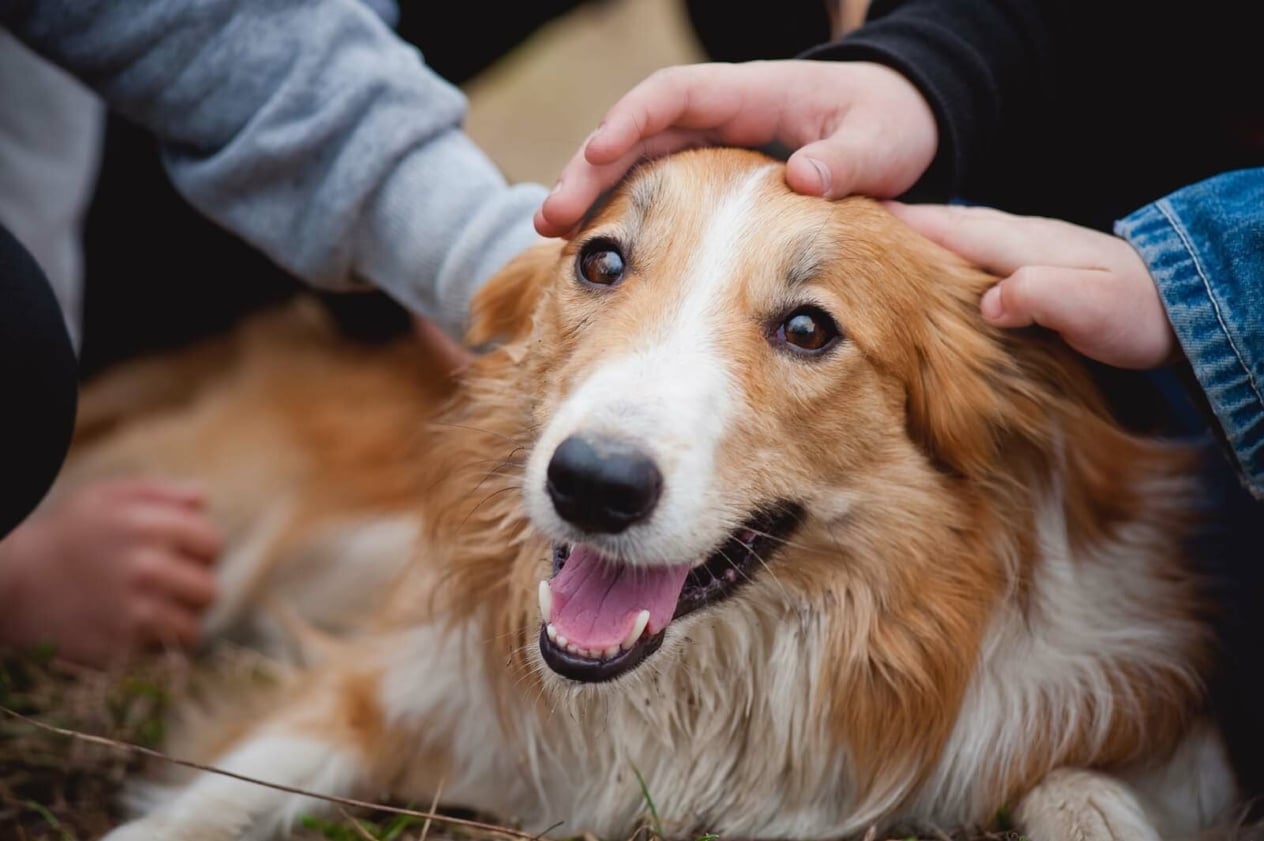
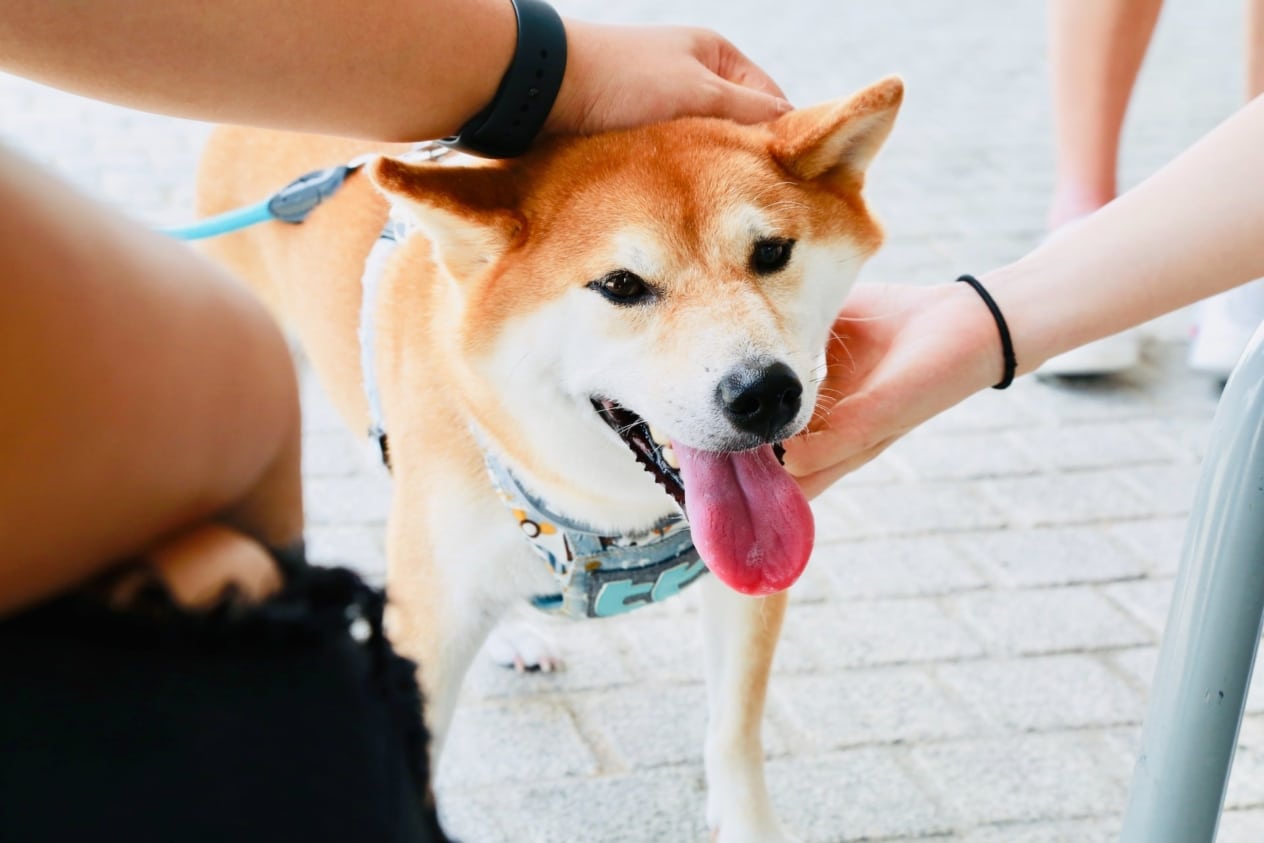
Petting a dog on the head is one of the most common gestures among people. We do it when we want to praise our pet, express our love, or simply because it feels natural. But did you know that most dogs don’t actually like being petted this way? In fact, in some cases, it can cause discomfort or even fear.
For example, in the canine world, a direct hand movement from above is a sign of dominance or even aggression. As a result, when you reach for a dog’s head, they may misinterpret your intentions and get scared due to the unexpected movement. In special cases, such as dogs that have experienced trauma or had negative encounters with humans, a head touch can even trigger panic.
It’s also important to note that a dog’s face and head have a high concentration of nerve endings, making them particularly sensitive. Some dogs may feel ticklish, others discomfort, and some even pain. However, there are cases where a dog becomes accustomed to head petting and learns to enjoy it. This can be achieved by gently and consistently introducing these touches from puppyhood, strengthening the bond and trust in a calm and reassuring manner. If a dog never gets comfortable with it and continues to feel uneasy, it’s best to stop trying. It’s not worth damaging their trust. Instead, focus on areas that your pet enjoys being petted, using them to boost their mood and strengthen your connection.
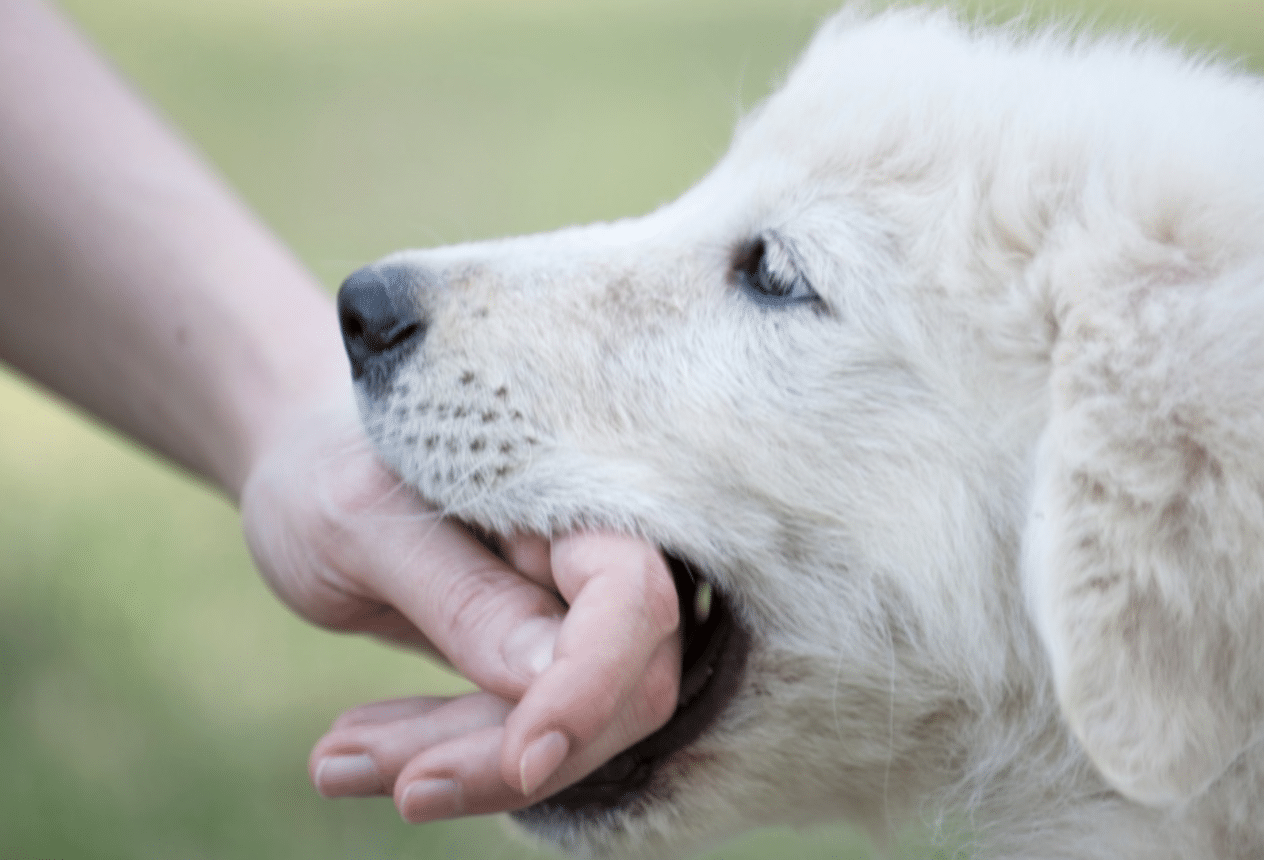
Conclusion
For dogs, touch is a language of love. They don’t just experience physical pleasure but also feel your care, protection, and attention. Remember that the neck, chest, back, and area behind the ears are the best spots for petting, while the sides and the base of the tail are great for scratching. Now that you know all the secrets of proper touch, go ahead and pet your furry friend. We’re sure it will make them even happier.

